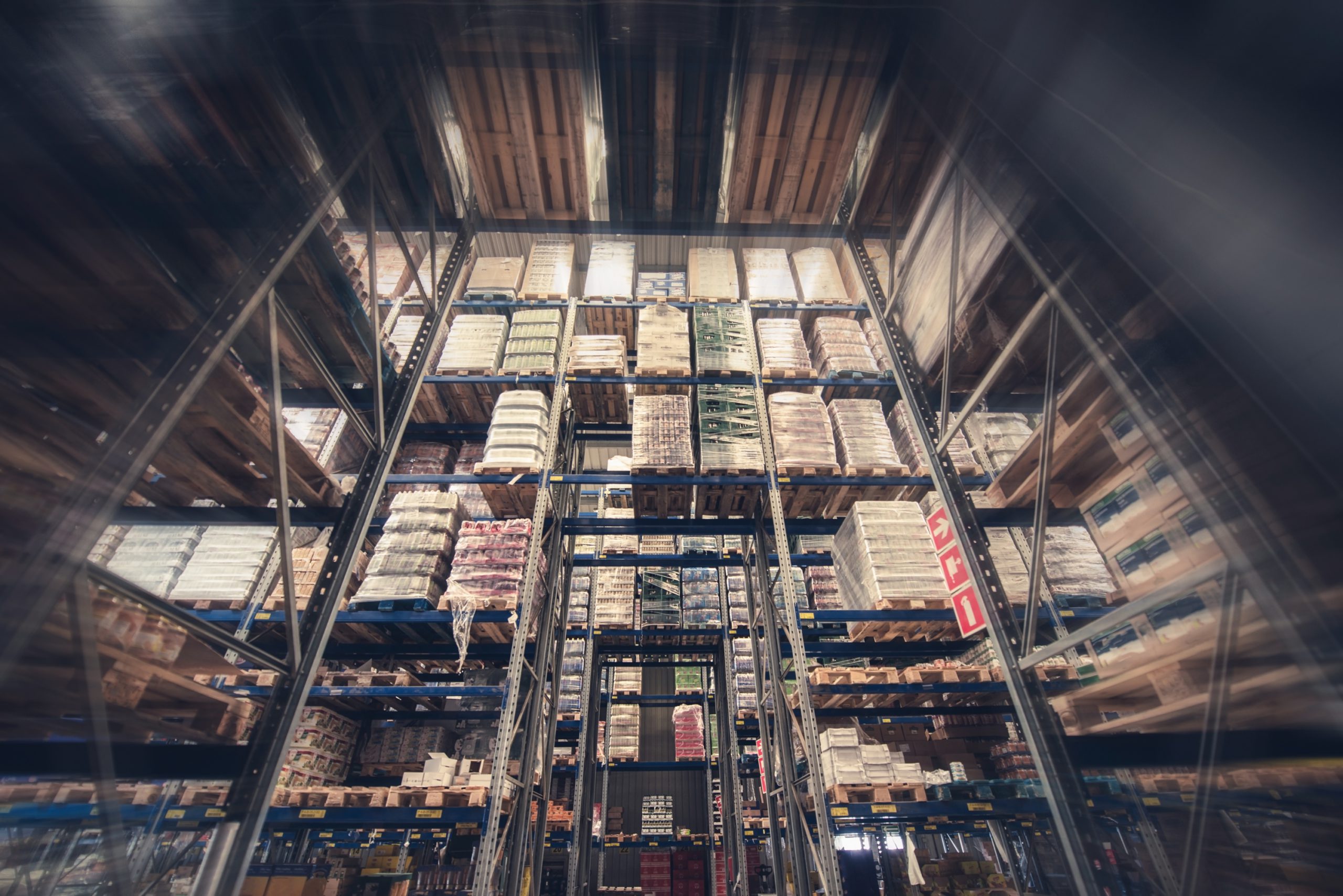Technology in Supply Chain Finance

The future of supple chain finance is technology:
- Digitization of traditional finance processes
- Emergence of multiple trade platforms
- An advancing competitive environment in the finance arena
- An unceasing transformation of global trade
These days, collaboration extends beyond traditional finance players. New developments in supply chain finance has caused a new revolution of ideas to makes processes more efficient and adept to global trends and growing competition. Others have also viewed this as an opportunity to collaborate with new partners and make funding accessible not only to large companies but also to smaller ones, embracing financial inclusion. Clients are keen to unveil alternative solutions, that would enable them to have options beyond conventional bank financing.
Non-traditional players, such as Fintech, have quickly entered the realm of trade finance. Fintech companies utilize digitized tools to provide clients with alternatives solutions, including products and services traditionally only available through banking channels.
As described by Mark Carney, Governor of the Bank of England, “‘Fintech’ can be broadly defined as technologically enabled financial innovation that could result in new business models, applications, processes or products with an associated material effect on financial markets, financial institutions and the provision of financial services.” (Receivables Financing Technology 2019 : The Road Ahead , 2019)
Supply chain finance can use these enabling technologies and benefit from this innovation.
Here are some of the basic features that most fintech companies provide to their clients:
- Online Platform – fintech in supply chain finance usually starts with the implementation of an online platform. This platform allows client to upload their invoices instead of a sending a hard copy to the funder
- Multi-tenant platforms – a cloud based multi-tenant platforms would enable corporates and funders with access to single platforms to manager multiple funding relationships across multiple trading partners
Consequently, below are some of the more advanced features that fintech may provide:
- Reliability and Transparency of Decision Systems – decision-making systems follow applicable rules defined by the funder in a transparent and comprehensible manner. This can reduce risk while enhancing automation leading to less overhead. Moreover, the documentation of decision paths is portrayed graphically in a standardized and easy to understand way
- KYC – efficient “Know Your Customer” and onboarding solutions, equipped with a wide variety of interfaces to external data providers (e.g., World Check). The system may automatically react if changes are made based on decision criteria of the funder. The whole process is fully documented for future audit purposes
- Claims Management – the collection processes, which intelligently addresses the specific debtors and repayments, dunning processes as well as external handling of involved third parties such as credit insurance providers
The future of Supply Chain Finance technology is heading towards the following innovations:
- Distributed Ledger Technology – A distributed ledger is a database that is consensually shared and synchronized across multiple sites, institutions or geographies. It allows transactions to have public “witnesses,” thereby making a cyberattack more difficult. The participant at each node of the network can access the recordings shared across that network and can own an identical copy of it. Any changes or additions made to the ledger are reflected and copied to all participants’ network. Underlying the distributed ledger technology is the blockchain; the underlying technology of bitcoin. Block chain technology is expected to reduce the time and paperwork required to routine trade finance and supply chain finance transactions.(Distributed Ledgers Definition, 2019)
- AI / Machine learning – AI and machine learning tools may be utilized on a combination of internal and external information to improve the assessment of both credit and performance risks
An expected outcome of continuous innovation in financial technology would be the reduction of manual efforts to extract data from documents. Trade digitization platforms offer enhanced processes for faster handling and cost saving, while blockchain technologies are expected to reduce the time and paperwork required to facilitate transactions.
Innovations in trade finance are going to continue, and businesses need to adequately embrace the new digital ecosystem and trade finance offerings. We must take note that despite all of the innovation and potential development in the realm of trade finance, major technology transformations take time. Still, we should remain cautiously optimistic for the future of trade finance.
References:
Distributed Ledgers Definition. (2019, January 25). Retrieved from Investopedia: https://www.investopedia.com/terms/d/distributed-ledgers.asp
(2019). Receivables Financing Technology 2019 : The Road Ahead . United Kingdom : BCR Publishing Ltd.
Previous Post Next Post





